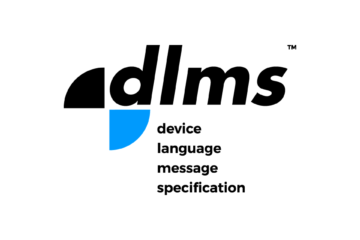DevOps can be a confusing concept, with various terms like infrastructure as code, containerization, configuration management, version control systems, microservices, and CI/CD. In this blog post, I will explain DevOps step by step here with real-world examples to help you understand where to use these tools in the deployment process.
What is DevOps?
DevOps is a process of delivering applications or software in a fast and reliable manner. A DevOps engineer is responsible for application building, testing, and deployment, as well as stages after deployment like monitoring and logging to ensure the application is running smoothly.

Scenario: Deploying an Application
Let’s consider a scenario where you are a developer engineer tasked with deploying an application. You have the code on your local machine, but there are issues with this approach. To overcome these issues, it is best practice to create a repository and push your code to a version control system like GitHub, GitLab, or Bitbucket. This allows for versioning, collaboration, and secure access from anywhere.
Pushing Code to Version Control Systems
By pushing your code to version control systems, you can benefit from different branches for different versions, collaboration among team members, rollback options, and secure code storage. This step is essential before starting with any application development.
Creating Servers using Infrastructure as Code
Next, you need to deploy your application on servers. Instead of manually creating servers on the cloud provider’s dashboard, DevOps engineers use infrastructure as code tools like Terraform, CloudFormation, or Pulumi to define the server infrastructure in code. This allows for consistency, reusability, and easy setup in different environments.
Configuring Servers using Configuration Management Tools
After creating the servers, you need to configure them by installing necessary software and dependencies. To automate this configuration process, you can use configuration management tools like Ansible, Chef, or Puppet. These tools allow you to define the server configuration in code, making it easy to replicate and manage multiple servers.

Deploying Applications using CI/CD
Once the servers are ready and configured, you can deploy your application. Instead of manually deploying the application every time, you can automate the process using CI/CD (Continuous Integration/Continuous Deployment) pipelines. CI/CD pipelines connect with version control systems and automatically build, test, and deploy the application. This saves time and ensures consistency in the deployment process.
Microservices and Containerization
If your application receives a lot of traffic, you might consider deploying it as a microservice architecture using containers. Microservice architecture involves breaking down the application into smaller, independent services that communicate with each other via APIs. Containers, particularly Docker, are popular for deploying microservices.
Container Orchestration with Kubernetes
To manage multiple containers in a microservice architecture, you can use container orchestration tools like Kubernetes. Kubernetes allows you to define the desired state of your application, manage container replicas, and handle scalability and availability. It is one of the most popular container orchestration tools.
Automating Deployment with GitOps
GitOps is a practice that combines Git version control with Kubernetes to automate the deployment and management of containerized applications. By defining application configurations in Git repositories, changes made in the repositories automatically reflect on the Kubernetes cluster. This eliminates the need for manual commands and provides a streamlined deployment process.
Monitoring and Alerting
To ensure your application is running properly, you need to monitor it. Monitoring tools like Prometheus and Grafana help you check the health of your application and respond to any issues. Alerting tools like SNS, Slack, or PagerDuty can notify you when there are problems with your application or infrastructure.
Conclusion
In this blog post, we covered the various steps and processes required to deploy an application on servers or containers. We discussed terms like infrastructure as code, configuration management, version control systems, containerization, CI/CD, and more. We hope this information was helpful in understanding the basics of DevOps. If you have any questions, please leave a comment below or reach out to me on LinkedIn. Please show your appreciation for this post by liking and sharing it.
To know more about the author, please visit his LinkedIn profile.
Go to home page for more information regarding communication protocols.



0 Comments